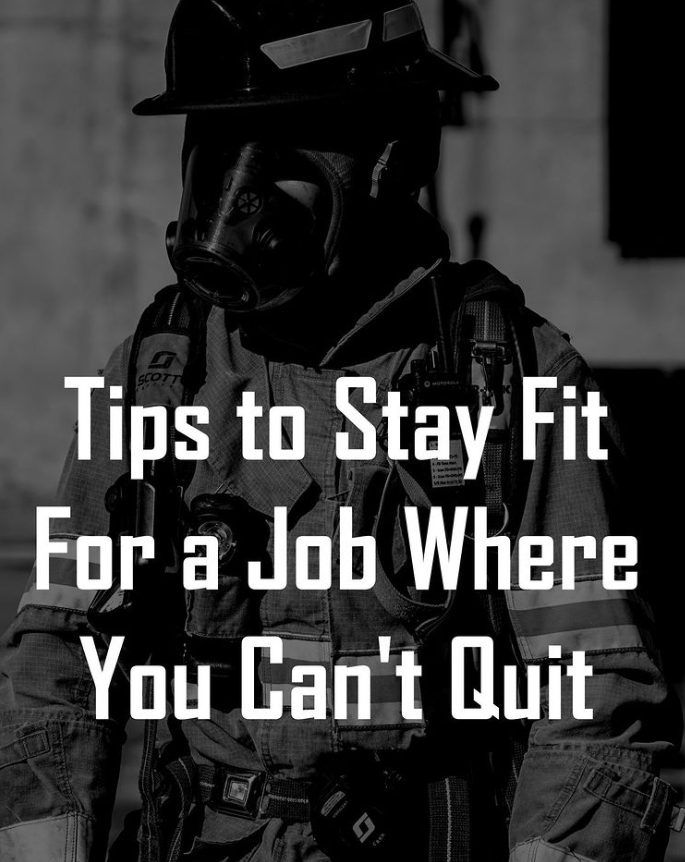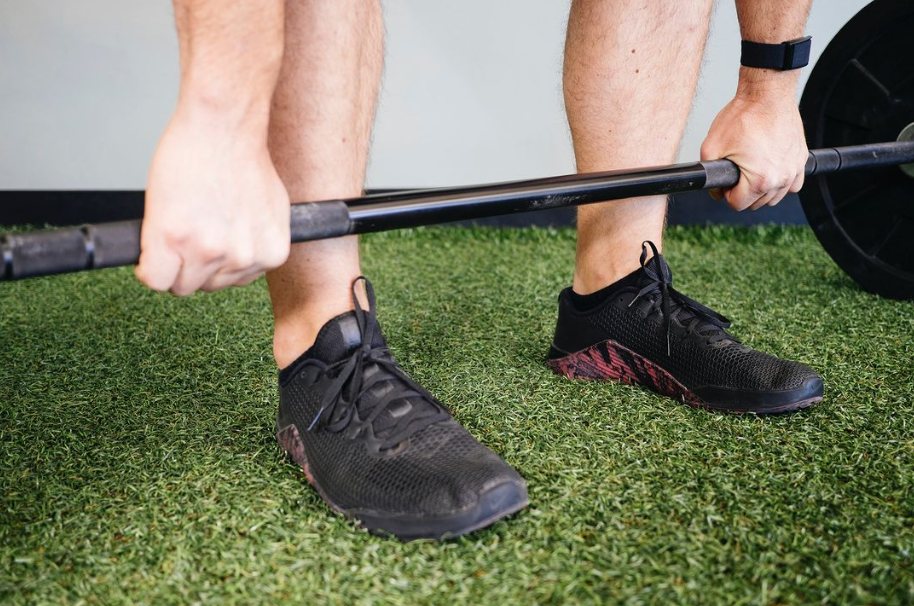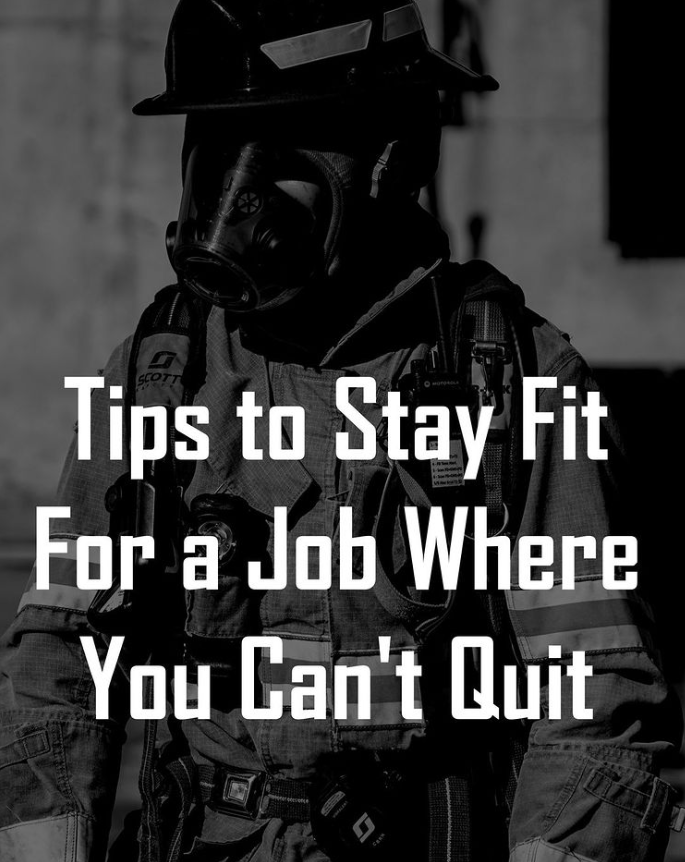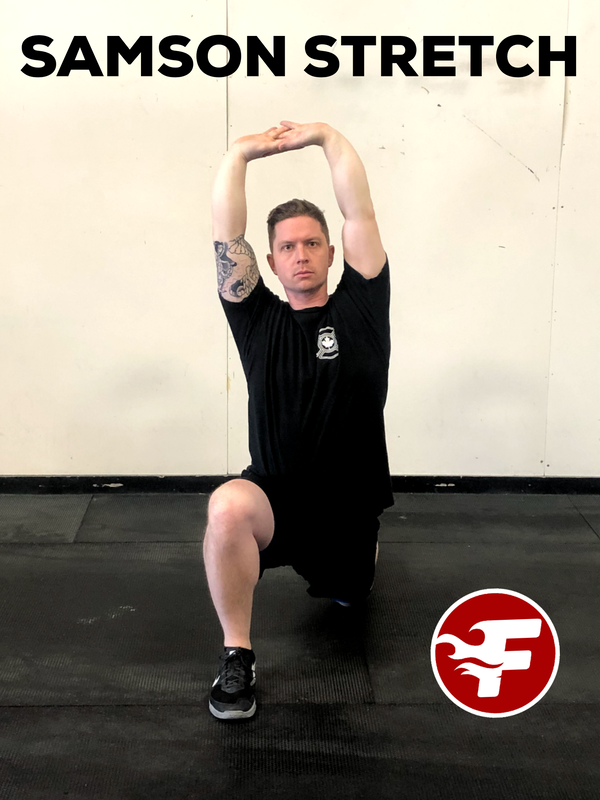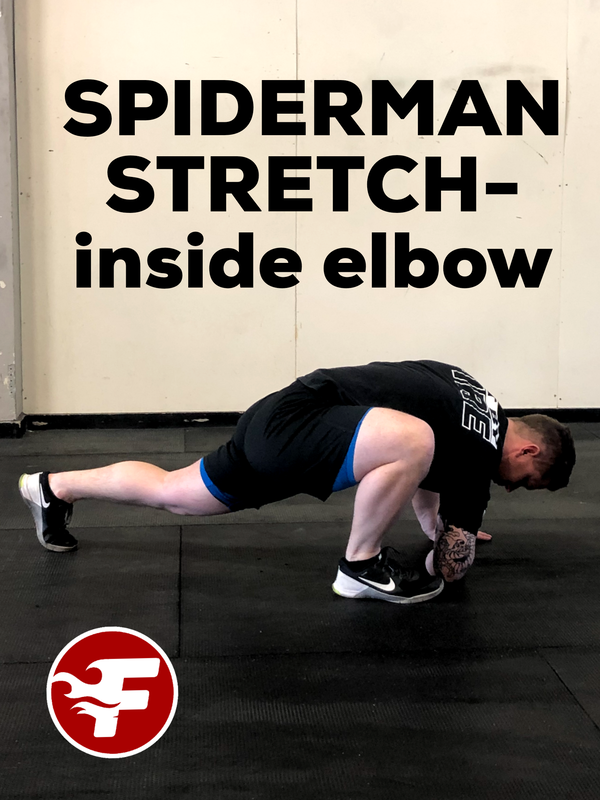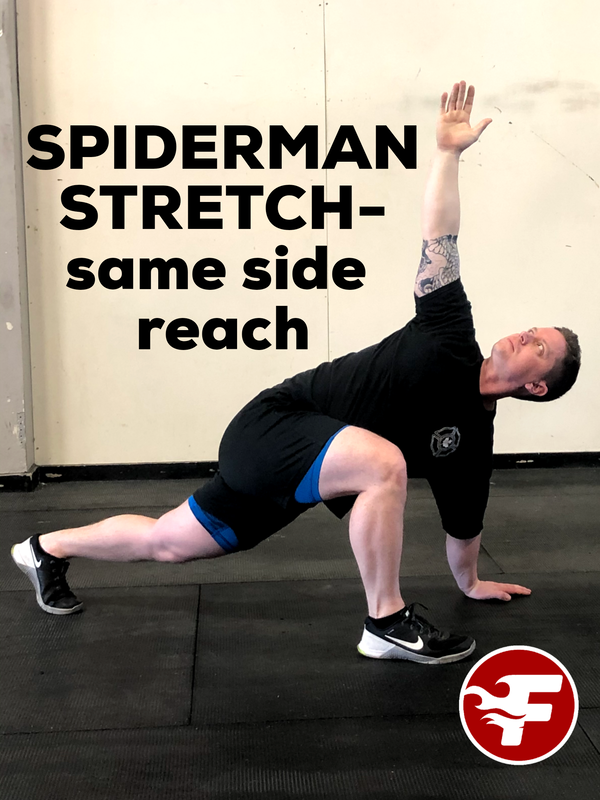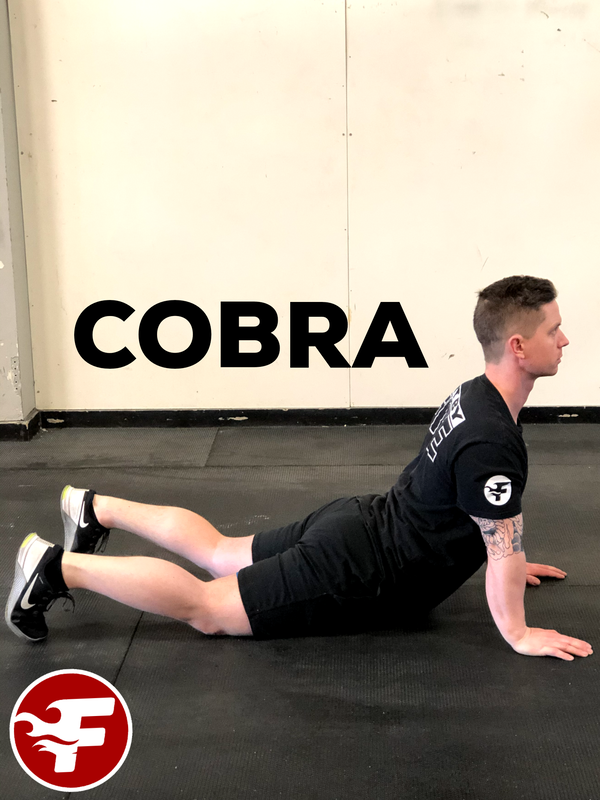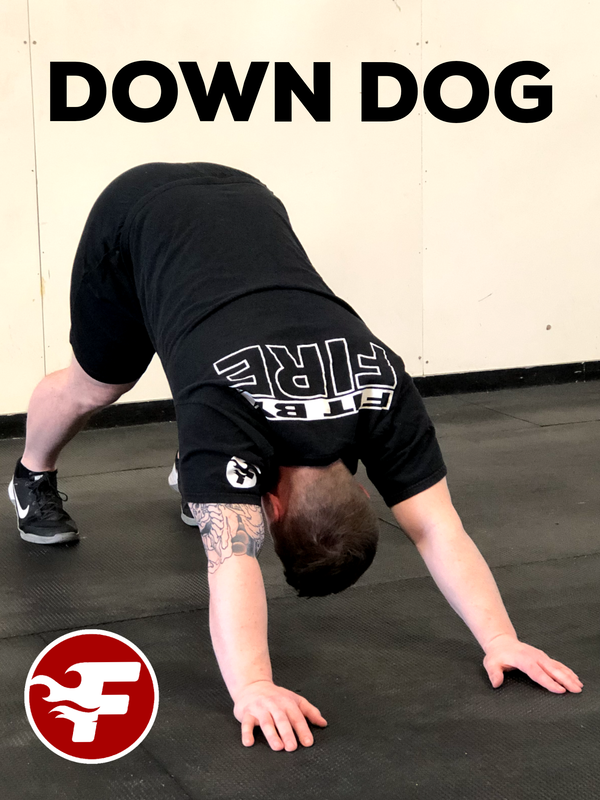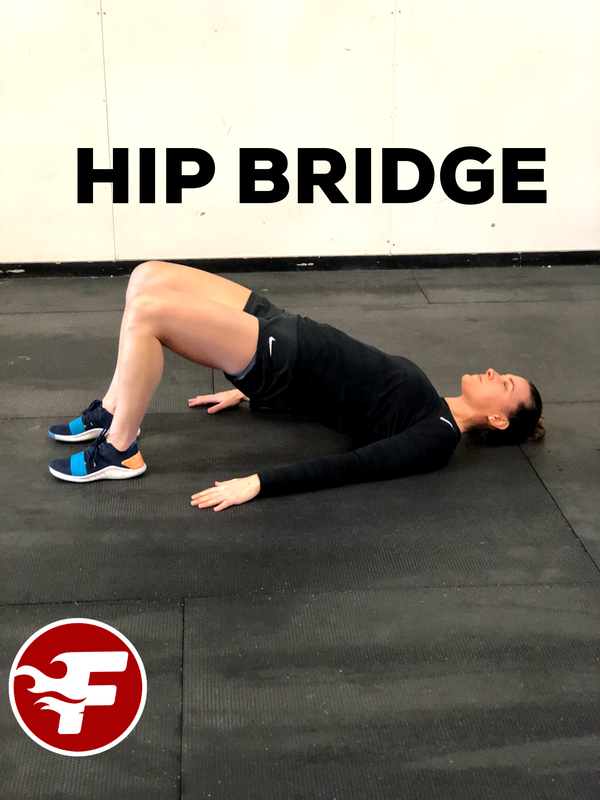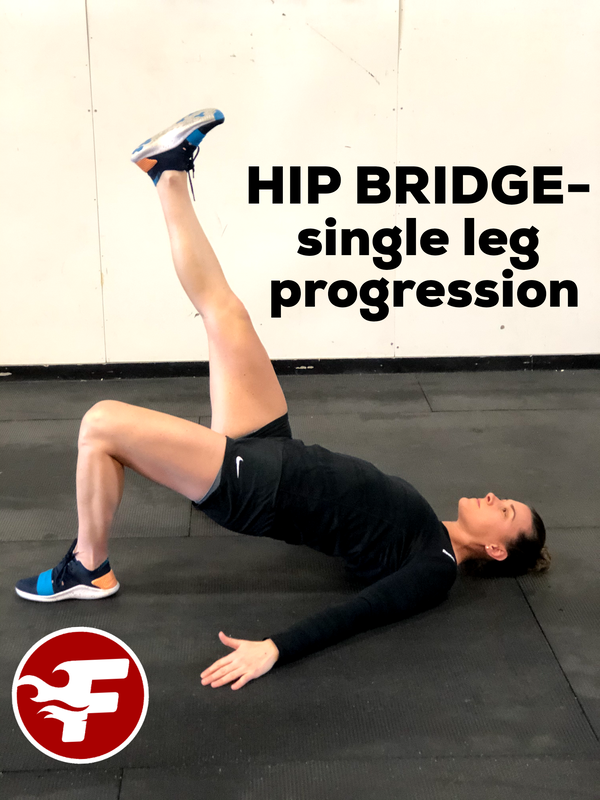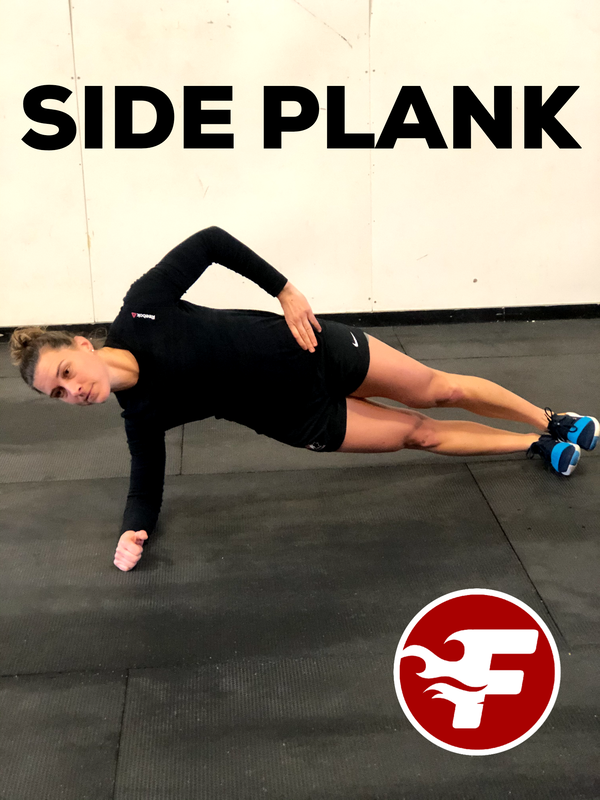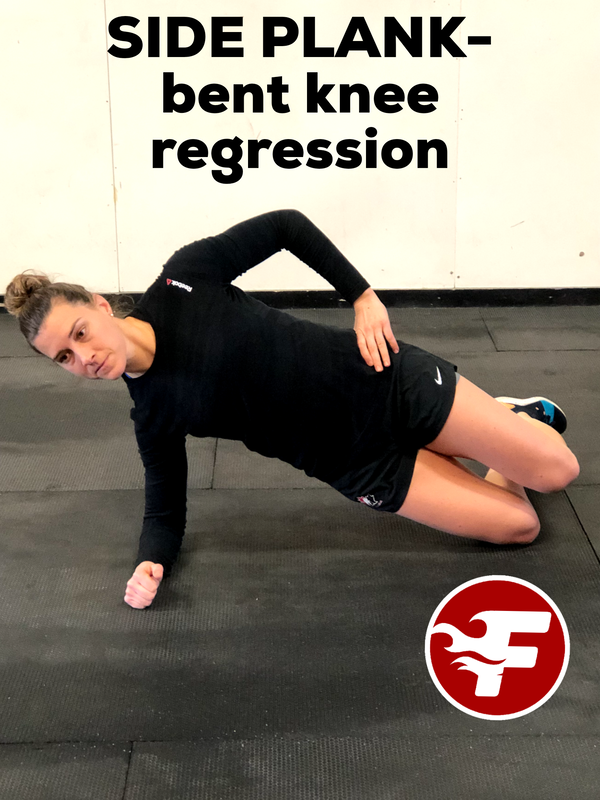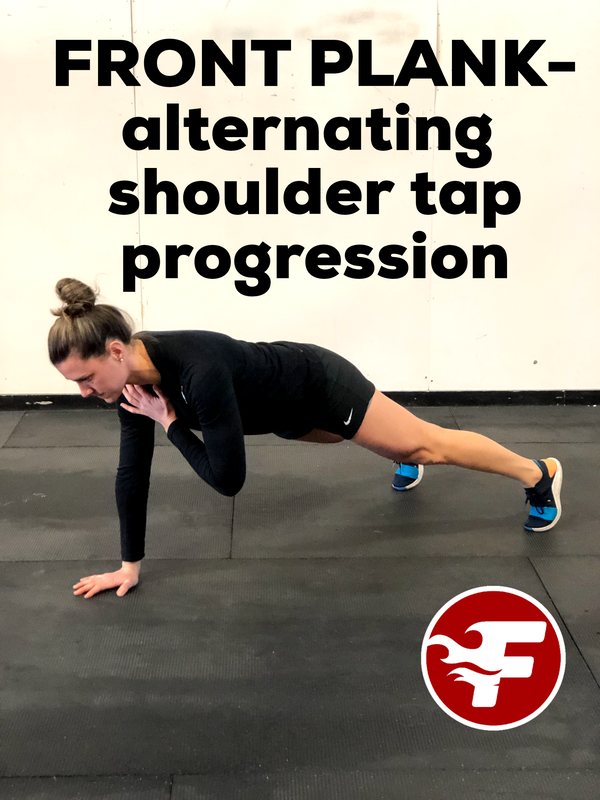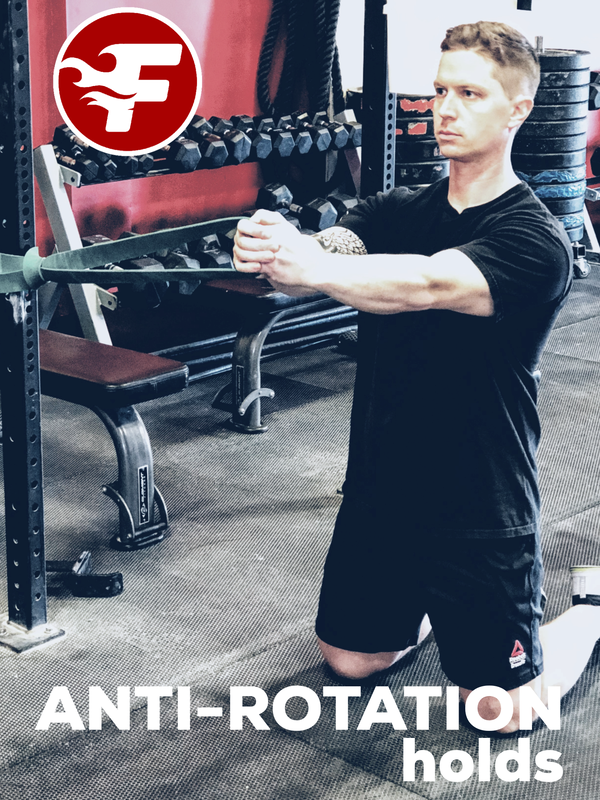|
Firefighter Fitness: Beat the Heat - Conquering Heat Stress with Smart Training Strategies by T.J. Johnston As Firefighters, we face extreme heat stress during our duties, so at least some of our gym preparation should focus on enhancing heat tolerance, cardiovascular fitness, muscular strength, and endurance. Here are some effective ways to prepare in the gym for the heat stress firefighters face: 1. Cardiovascular Conditioning
Sample Workout Plan Day 1: Strength and Heat Acclimation
Day 2: Cardiovascular and Functional Training
Day 3: Mobility and Mental Toughness
By following these strategies, we can better prepare our bodies and minds for the demanding conditions they face on the job. Regularly incorporating these elements into our gym routine will enhance our performance and resilience in the field.
0 Comments
Activate and Mobilize Your Hamstrings with Active Mobility Stretches! Hey, Crew! Today, let's explore the incredible benefits of active mobility stretches for your hamstrings. Get ready to take your flexibility game to the next level! 🔓
Enhanced Muscle Activation: Active mobility stretches engage your hamstrings by incorporating movement. Unlike static stretches, they activate and strengthen the muscles simultaneously. This dynamic approach improves muscle coordination and primes your body for optimal performance. Increased Range of Motion: By actively moving through various positions, active mobility stretches help expand your hamstring's range of motion. This improved flexibility translates into better performance on the emergency scene, sports, and everyday life. Embrace the freedom of movement! 🏃♂️ Injury Prevention: Active mobility stretches work on stabilizing the muscles surrounding your hamstrings, reducing the risk of injuries. By enhancing the strength and resilience of these muscles, you'll be better equipped to handle sudden movements or unexpected challenges. Keep your body protected! 🛡️ Functional Movement: Active mobility stretches mimic real-life movements, making them highly effective for functional fitness. They help your hamstrings adapt to the demands of daily activities, such as bending, lifting, or squatting. 🏋️♀️ Improved Body Awareness: Active mobility stretches require active engagement and mind-body connection. As you focus on the movement, you develop a greater sense of body awareness, balance, and coordination. Enjoy the synergy between your mind and muscles! 🧠 So, let's make active mobility stretches a vital part of our training routine! Explore exercises like hamstring sweeps, runner lunges, or some single leg rdls to activate those muscles. Remember to listen to your body, start gradually, and maintain proper form throughout. 💪 Want to take your fitness to the next level? Consider following a workout plan!
Whether you're a beginner or a seasoned athlete, having a structured approach to your fitness routine can help you stay consistent, motivated, and make progress toward your goals. A well-designed workout plan can help you optimize your time in the gym or at home, target all the muscle groups you want to work on, and avoid plateauing. Plus, working out with a plan can be a lot more fun and rewarding than just winging it! So, if you haven't already, give a workout plan a try and see how it can take your fitness to new heights. Our Crew program was designed with the firefighters' fitness needs in mind. If you want to check it out, links are available in our bio. Calling all firefighters! Did you know that deadlifting is one of the most important exercises you can do to stay fit and prepared for duty? Here's why:
Builds functional strength: Deadlifting helps to develop the key muscles that firefighters use every day, such as the glutes, hamstrings, and lower back. This translates to improved performance on the job. Enhances stability and balance: Deadlifting engages the core muscles, which improves stability and balance. This is crucial for firefighters, who need to be able to move quickly and maintain balance during high-stress situations. Reduces the risk of injury: Deadlifting can help to strengthen the muscles and joints, reducing the risk of injury on the job. By keeping the back and legs strong, firefighters are less likely to suffer from strains or sprains. Improves posture: Deadlifting can help to improve posture, which is important for firefighters who spend long hours in gear. Proper posture can reduce the risk of back pain and other postural issues. Our suggestion is to start off with lighter weights and easier variations like sumo and kettlebell deadlifts. Remember the key to success for any lifting exercise is a consistent strong technique not lifting heavier than your ability. So if you're looking to stay fit, strong, and prepared for duty, deadlifting is a must. Attention all firefighters! Want to achieve your fitness goals and stay in top shape for duty? Here are some tips to get you there:
Make exercise a habit: Consistency is key. Schedule regular workout sessions and stick to them. Remember, even a short 20-minute workout is better than nothing. Mix it up: Don't stick to the same routine every day. Incorporate a variety of exercises such as cardio, strength training, and stretching to challenge your body in different ways. Stay hydrated: As firefighters, you know the importance of staying hydrated. Make sure to drink plenty of water before, during, and after your workouts to avoid dehydration. Fuel your body: Eating a well-balanced diet with plenty of protein, complex carbohydrates, and healthy fats is essential for fueling your body and helping you recover after workouts. Set realistic goals: It's important to set achievable goals to keep you motivated. Start small and gradually increase your goals as you progress. Remember, fitness is not just about looking good, it's about being healthy, strong, and prepared for the emergency scene. Keep up the hard work and stay committed to your fitness goals! Hey Crew 👋!
I've been getting a lot of questions about how to make the quick pivot back to working out at home while staying on a budget. I've done a little research and I've come up with 3 different budget items that will give huge bang for your buck. All of these items are available on Amazon with free shipping if you have prime. SANDBAGS One of the biggest barriers when switching to working out at home is access to larger expensive equipment like barbells & bumper plates. One amazing option is to get a solid sandbag with multiple filler bags so you can adjust the weight. We love our Brute Force bags if you're looking to make a solid investment, but they are pricier if home workouts are a temporary situation for you. Synergee Pro Sandbags are a great budget bag to start out with if you are thinking short term or wont be using them aggressively. Just fyi, sandbags don't come with filler, you can use sand, rubber mulch or even kitty litter which is all available at your local hardware or grocery store. Resistance Band Kits Large looped bands are great for more than just a cable machine substitute. They can be added to other dumbbells, kettlebells, barbell, and bodyweight movements to increase or in some cases decrease resistance. A set like GRM Resistance Band Kit comes with handles, a door hanger and carry case. Super convenient for use at the home gym or to take with you when traveling. Dumbbell to Kettlebell Conversion Handle Kettlebells are great, but they can be expensive and space consuming. One option is to buy a grip convertor like the Kettle Gryp. That way you can convert any dumbbell you have to a kettlebell. I'd still suggest purchasing the most common weight(s) you use as actual solid bells, but with the grip you can have lots of other options. All three of these options would total you around $150 and will always be a benefit to have around the house even when your back at the gym! Hope this helps 🙏 It's shift day! You wake up early, jump in your vehicle for the morning commute to the hall. You’re excited to meet up with your crew and catch up over a cup of coffee. You walk through the door, bend over to grab your gear and wham, your lower back tightens up and you know that means trouble. Lower back pain still contributes to over 50% of all line of duty injuries for firefighters. Which affects everything from lost work time, medical expenses, quality time with the family and in general is super frustrating. This situation is far too common and also very preventable with some regular daily movement maintenance. General lower back injury prevention requires developing healthy mobility & flexibility along with stability & strength. Let’s dive into phase 1 of our Fit by Fire Lower Back Injury Program to get you started towards your bomb proof back. When we look at injury prevention we are going to start with building a bomb proof back in two parts. The first has us working on creating mobile joints, functionally flexibly muscle and improving our posture with the Fundamental 3 Mobility Drills. Then we will tackle multi-dimensional torso toughness by including the Foundation 4 Core Exercises. The Fundamental 3 Mobility Drills for LBP Injury Prevention are the: Samson, Spiderman Reach and the Downward Dog to Cobra stretches.
Each one of these amazing stretches can be done to improve the flexibility of the musculature around the hip and shoulders to take unnecessary stress off the lower back. Each of the three also works to improve toe-to-fingertip mobility across commonly critical firefighter related movement. Look to perform each for approximately 30-45 seconds. You can move through all three and then repeat for 2-3 rounds. The Foundational 4 Core Exercises for LBP Injury Prevention include: Hip Bridges & Variations, Side Plank & Variations, Front Plank & Variations and Anti-Rotation Holds.
A big mistake many newbies make is to jump right into core exercises that are fancy or gimmicky. Everyone should be able to perform each one of these movements for over 60 seconds comfortably before jumping into more complex options. If you are lucky to be able to perform this routine before shift great! If not just completing it 2-3x a week would be fine. This also could be done as an extended warm-up before your regular workout at the gym.
Once you feel you have conquered Phase 1, look to add other Fire specific mobility and strength exercises to your routine. Picking functional movements like squats, lifts, lunges, pressing and pulling patterns in all sorts of combinations will prepare you for a successful career and retirement. Check out FitbyFire.com for more information on injury prevention and workouts for firefighters. |
Archives
June 2023
Categories
|
|
|
info@fitbyfire.com
|


